Ethereum's next game: expansion, upgrade, and the era of aggregation
Original author: mteam.eth
Original translation: TechFlow
Any successful blockchain must create a flywheel effect that looks like this:
Economic progress (e.g. TVL, price, revenue, volume, etc.) must bring attention and visibility to the chain in order to:
Enabling new apps to get funded, new developers to learn the technology, and new users to use everything we build to improve their lives will inevitably lead to:
Innovation , and improvements to infrastructure and applications to increase efficiency and explore new use cases and architectures. Collaboration is especially critical during the innovation phase, but this is also the phase where teams tend to be fragmented due to natural incentives. Innovation drives economic progress, and the cycle starts again.
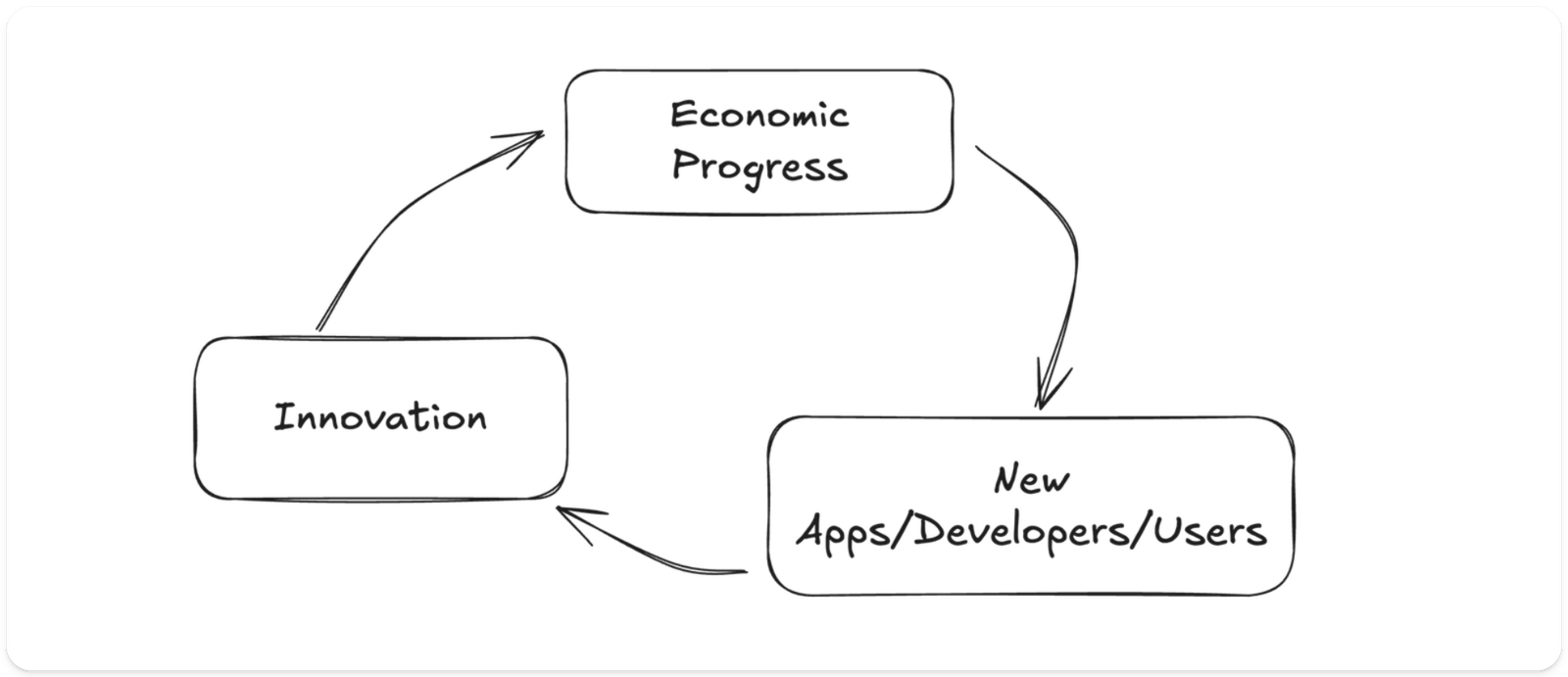
The problem facing Ethereum is simple — we broke every part of this flywheel.
Note: This article discusses the high-level technical roadmap for Ethereum and does not focus on the social roadmap. The two must be combined to present the full picture.
First, accept the problem
New applications, developers, and users are all on L2! Innovation is happening on L2! Economic progress is also moving to L2.
This is not a problem for Ethereum if these L2s can feed back into the flywheel, but this tends not to be the case.
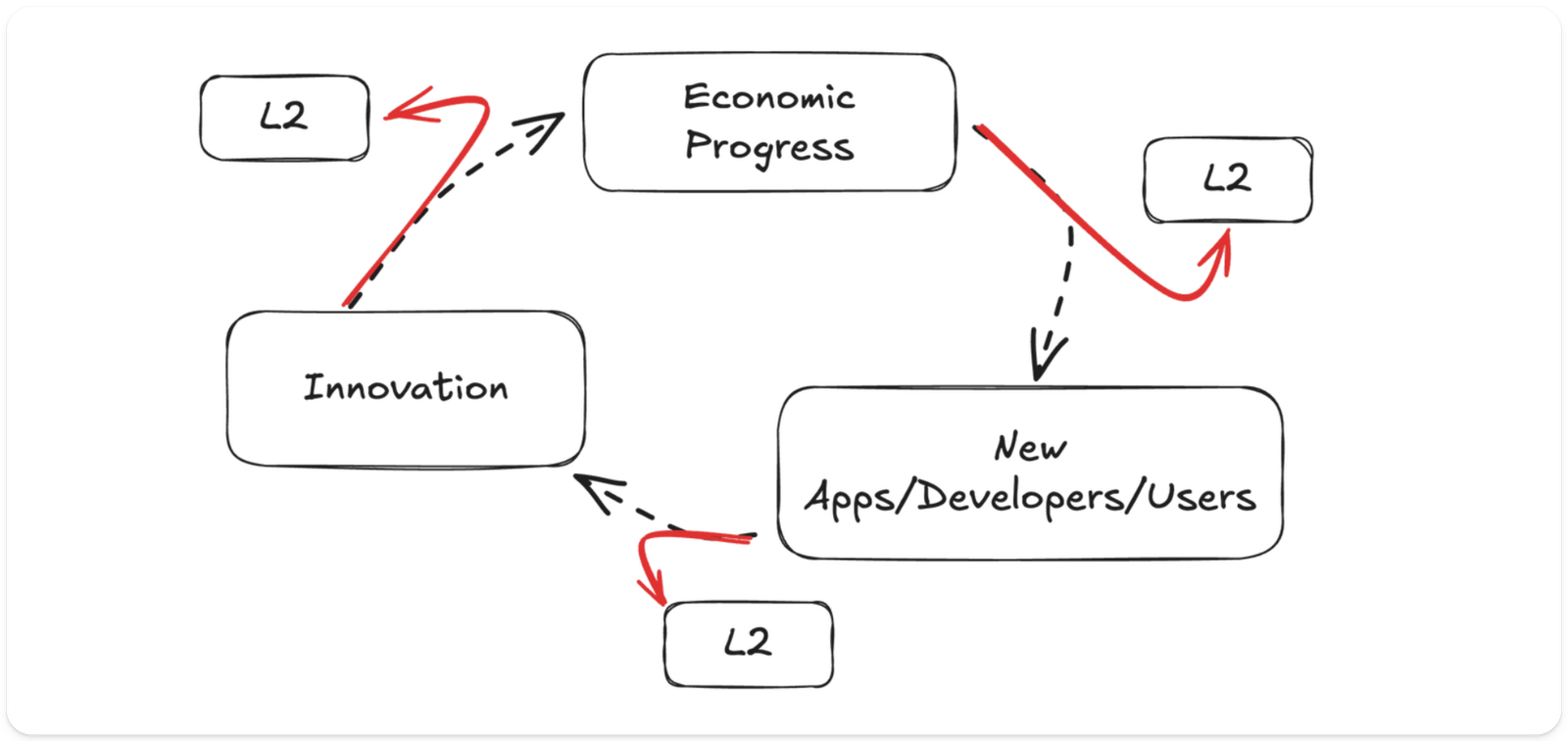
What is the root cause of flywheel breakage?
Ethereum (since around 2020) believes that scaling through Rollup is the only way to scale, and seriously overestimates the contribution of L2 to Ethereum's overall flywheel.
Rollup is seen as a scaling solution. Compared with sharding, Rollup appears to be simpler, avoids diluting the security of Ethereum L1, and can even bring better composability.
But Rollup is not just a scaling architecture, it is also an incentive architecture. A simplified logical chain might be like this:
We need to scale Ethereum.
Some form of sharding is necessary to scale a blockchain with the properties we desire.
Sharding is too complex and presents other problems in protocol implementation.
Therefore, Rollup is the only way to scale Ethereum.
Point #2 here is, in my opinion, the first major misstep. It is empirically obvious that we are wrong (at least to some extent). For example, both Solana and Monad demonstrate reasonable scaling roadmaps that do not involve any form of sharding. Meanwhile, many Ethereum core developers have demonstrated that we can push L1 performance much further than it currently is.
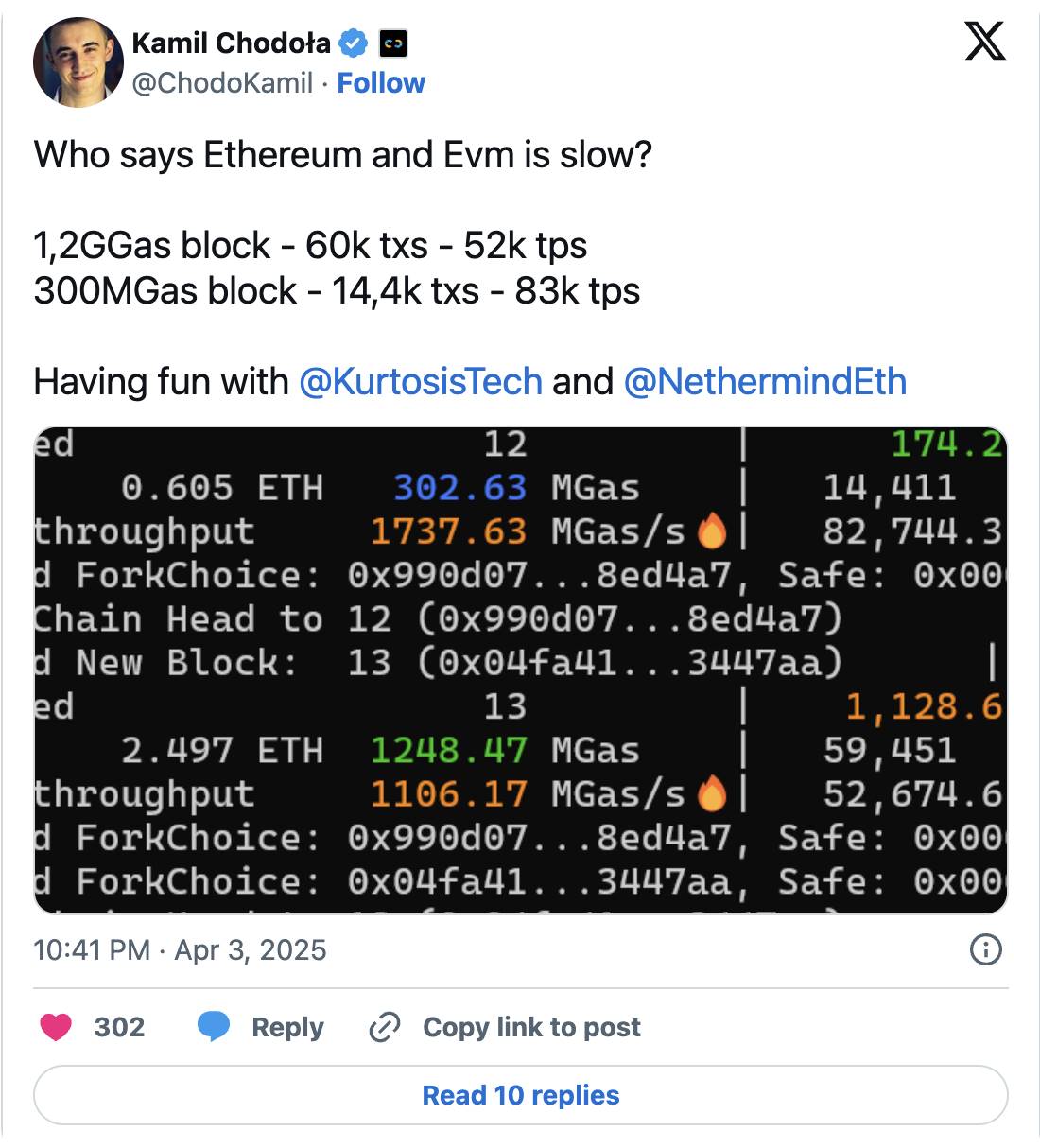
While I don’t believe one chain will satisfy all needs, I think we are pushing towards this end game before pursuing L1 scaling opportunities.
Point 4 in this reasoning is also inadequate. We fail to properly assess the potential downsides of a Rollup-centric roadmap to the L1 network effect flywheel.
The ideal flywheel
I believe we can re-build the network effect flywheel like this:
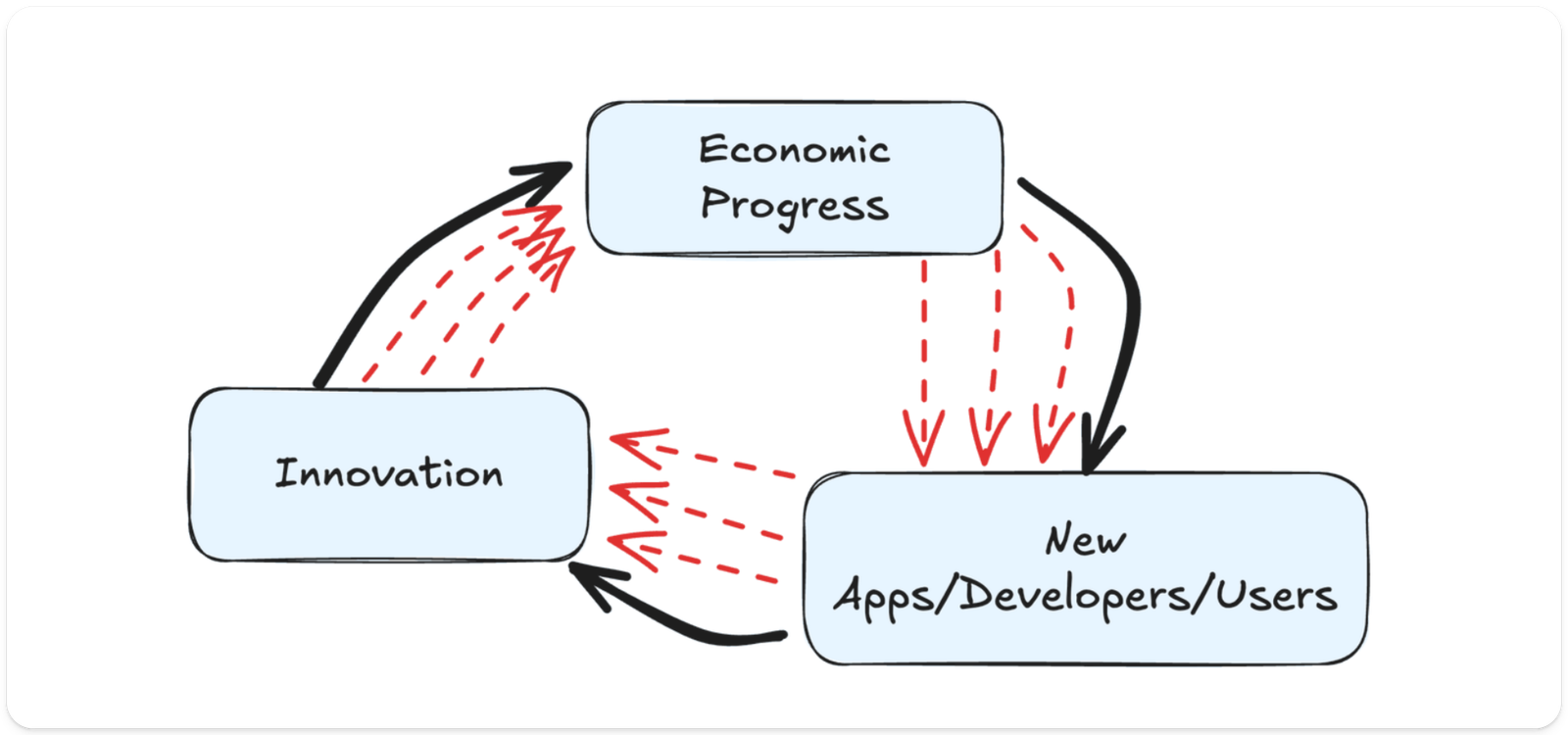
L2 should not extract network effects from the flywheel, but accelerate the flow between each network effect.
Specifically, this means:
Provides almost unlimited flexible expansion as overflow
Driving customization, specialization, and bold experimentation
Attract users and developers
Increase the total revenue of the Ethereum ecosystem and the revenue of Ethereum L1 itself
Maintain high composability with Ethereum
This interaction has the desired effect on both Ethereum and L2 — a rising tide lifts all boats.
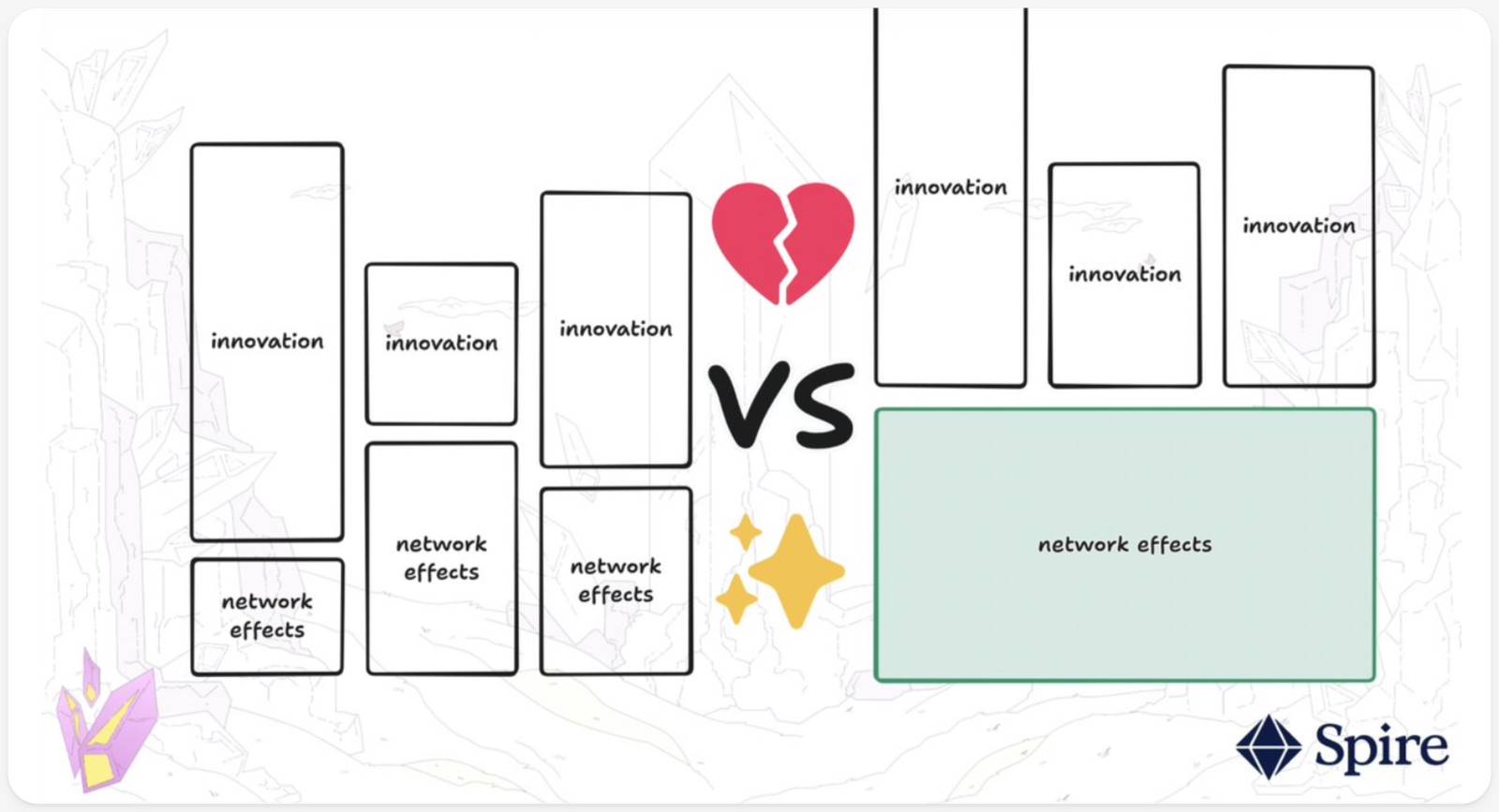
Slides from my Sequencing Day talk in November 2024
Solid foundation
To effectively restart the flywheel, we need a strong L1. An L1 worth assembling. An ETH worth holding in your vault. A coordination point for innovation.
How to achieve this? The answer couldn’t be simpler. Aggressively expand L1.
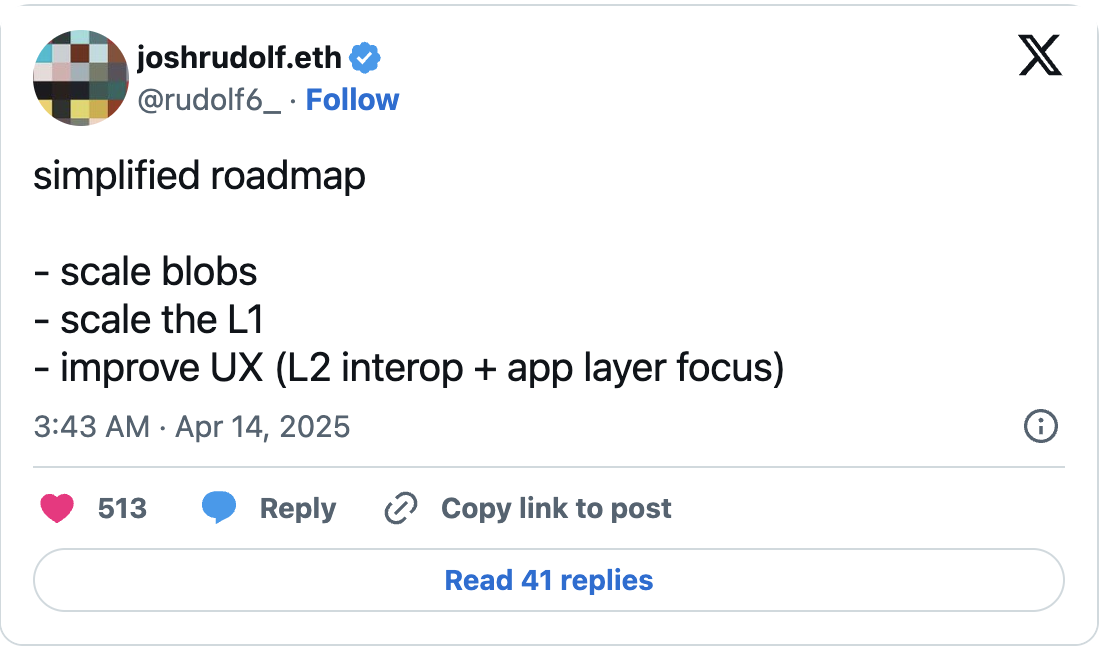
We start with innovation at the L1 level.
There are three reasons:
Expanding L1 to increase network effects under the ideal flywheel
Extending L1 raises the bar for any L2 competition
Extending L1 is good for L2! (Especially the kind I will discuss in the next section)
Most people reading this probably understand what scaling L1 means in practice, but at its core it’s about increasing TPS and Gas per second while reducing slot times. We must build Ethereum L1 into the most powerful settlement network, yes, but also an execution network.
Combined, this is the solid foundation that L2 needs.
Bringing Back Rollup
As L1 scales and builds its own network effects, there is no time to waste in optimizing L2 to contribute to the ideal flywheel.
There are a few things to balance here:
Ethereum gives Rollups the impression that they will be prioritized within Ethereum.
Rollup has successfully grown its own network effects.
Any shift back to L1 expansion must be careful not to completely alienate the main L2s (although some L2s have no reason to exist in the first place and should absolutely die).
I propose a simple Rollup design:
Rollup uses Ethereum for Data Availability (DA).
Rollup uses Ethereum for execution. This means it is a native Rollup.
Rollup uses Ethereum for sorting. This means it is a Rollup-based blockchain.
Rollup uses ETH as its native Gas token.
Rollups of this design are called "ultrasonic rollups" and "based on + native rollups". I've written about them in detail!
Ultrasound Rollups are not yet available on the current Ethereum. To enable its native part, Ethereum needs to add a new opcode, the execution engine opcode, through a hard fork. There are also some practical problems with the sorting-based design, which are closely related to the expansion of L1.
Assuming we can achieve this, what will we gain?
Ultrasonic Rollups contribute to Ethereum’s network effect flywheel by maintaining composability and enabling customization. Their combined scaling capabilities are theoretically very powerful, and any Ultrasonic Rollup can drive execution like MegaETH or RISE. Ultrasonic Rollups are not a step backwards, but a necessary step forward.
Ultrasonic Rollups have such strong synergy with Ethereum that I see them as an extension of Ethereum’s network effect. Solana is right about network expansion, but Ultrasonic Rollups don’t just add to Ethereum’s capabilities, they are Ethereum’s network.

It is possible for existing Rollups to transition to Ultrasonic Rollups. In fact, some teams have already committed to further exploring this option. New Rollups and Appchains should prioritize this direction.
In this way, a unified Ethereum ecosystem can achieve "Universal Synchronous Composability", which brings crazy scalability and unlimited expressiveness.
In this ecosystem, user and developer activities occur on L1 or specialized Rollup. Important and controversial states may remain on L1. Developers can build cross-chain applications without paying attention to the underlying gap between chains. Users experience chain abstraction in the economic zone of Ethereum extension.
This is the era of integration for Ethereum.
From “multiple choices” to “obvious choice”
Ethereum is building top-tier data availability (DA), sorting-based Rollups are exporting our ever-improving sorting technology, and native Rollups will provide superior execution capabilities.

Ethereum L1 integrates core Rollup services into a unified Ultrasonic Rollup. While the market remains permissionless and the chain can remain modular, Ethereum itself provides such an important and complete service that any competitor becomes irrelevant.
Under this model, the accumulation of value (in the form of fees) becomes simple and straightforward: providing the most valuable service, access to the largest sync economic zone, the strongest economic security, the most censorship-resistant ordering, the most reliable settlement layer, and the most secure data availability.
The narrative also naturally forms: “Ethereum is the best” —> Ethereum is indeed the best.
Expand L1.
Bringing Rollup back.
Integrate everything.
And launch it as soon as possible.



